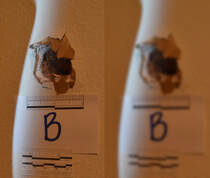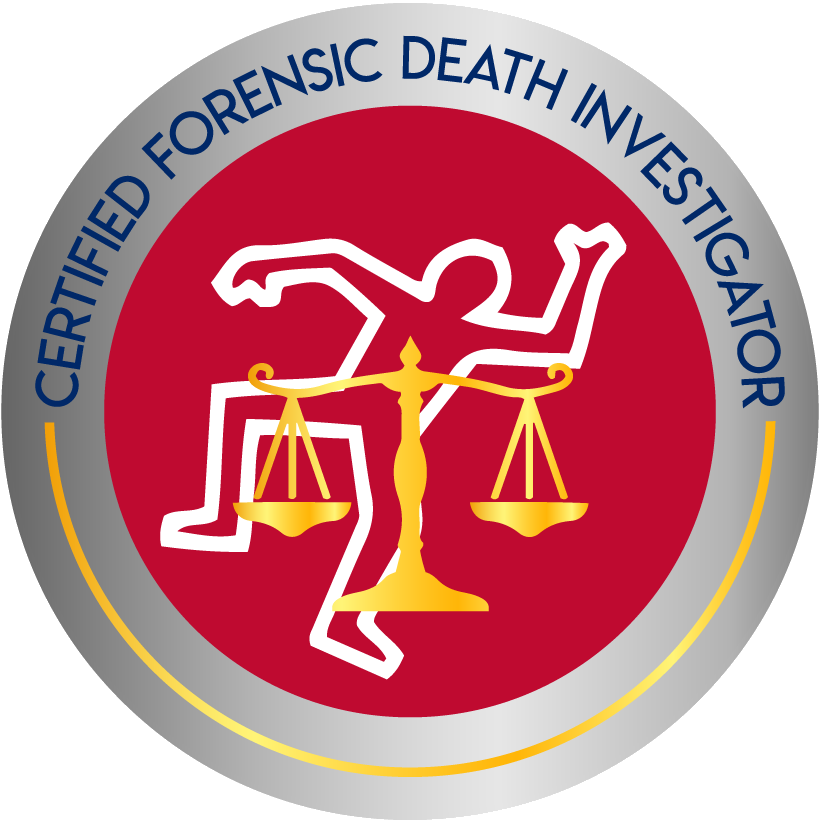
to Presentation Images
(Original, Scanned, b/w, Embedded, PDF and Converted)
From Final Jeopardy, October 31st 2018 – “Chocolate syrup, casaba melon & Playboy model Marli Renfro were enlisted to create an iconic scene in this film” – correct answer, What is the movie “Psycho”. What does this question have to do with photography and videography? By the end of this commentary, this question will be answered.
Every case a Professional Investigator is assigned will have some manner of photographs, videos, and audio recordings. Whether from interviews to surveillance, or crime scenes to security footage – these are important documentations of the event. They are not the only – or necessarily most important – manners of documentation. These may not be available in all cases – and should be. With two decades of digital recording technology, and over a decade in the palm of your hand – everything can and should be documented. These should be accompanied by records and reports which are relevant to and also narrate the event and recordings. By themselves, they are informative – but can be misleading or misinterpreted; just as records and reports without these recordings can also be misleading or misinterpreted.
So, what does the original Jeopardy answer and question have to do with this commentary? What the eyes see is not necessarily accurate. We know this just from Hollywood and special effects – and the CSI Effect. In “Psycho”, and in the then shocking shower scene in which Janet Leigh - actually Marli Renfro as her body double - is stabbed repeatedly in the shower by Anthony Perkins, and blood is running down the drain – Hollywood tricks. For those too young to have jumped ahead to this early Hollywood trickery – the move was in 1960 and black and white. Special effects were easy for black and white – such as using chocolate syrup as blood going down the drain. Although it’s a movie, black and white, and Hollywood – it reminds us how important it is to view all photographs and videos, and audio, in the full context of the event. This is also why original – or exact copies of originals – should be reviewed and analyzed – and not converted files which may lose their detail, and forensic attributes to verify authenticity. Of first importance is how the files are shared to retain all of the qualities and properties of the original.
Sharing digital media files is still best by physical media – flashdrive most often, due to the size of files, or by CD / DVD. Common, particularly since early 2020 events, are by clous – such as DropBox, OneDrive, and case management software, etc. On the note of case management software – it is important to confirm no changes are made to the files by the provider – such as compressing for space. Do not delete any files, images, or portions – the file must be an exact duplicate of the original. For this reason, images should not be sent via email or added to a PDF file (Adobe) or PowerPoint (PPT) for review and analysis – or testimony. Why? These all compress the original file, which removes resolution and detail. The more times these files are opened and closed, the more minute details and resolution are lost. To age ourselves – if you can remember when every time you photocopied a copy, then a copy of a copy, each progression was distorted – this is what happens with digital images. JPEGs are compressed images – they are the most common, and as long as the high-resolution original is copied exactly, the file should be okay (TIFF is one of the best, uncompressed). If a JPEG is placed in a PDF, PPT or other – details are lost. Email sending and receiving will compress files. These manners of sending are okay for cursory reviews, where detail is not important and the overall image context is. It is best to have the habit of using full digital copy and transfer.
Some time ago Dean testified and was presented an image projected to a large screen in a PPT – something now very common in courtroom testimony. The projection – not direct to a TV or monitor – lost detail (enlarging in any format often does). The projection was so close to the witness stand the image was pixelated to the human eye. The image was a series of stab wounds – sharp points, flat edges, and directions. When asked about the image, Dean first noted the image was difficult to note for the details the question required. The prosecutor inquired for specifics, and the defense attorney was allowed to offer suggestions – the first being to refer to the Dean’s report specifying the image. This was not only important to accurate testimony, it was more important for the jury to accurately see the details of interest in the testimony. Projecting to a screen is less common, and direct to a TV or monitor is – and is the same as doing so as part of the review and analysis process. This issue was the same 20 and 30 years ago with print images, then enlarged – and distorted. With today’s digital technology – ever advancing – these issues are going away.
What about being presented images in PDF or PPT to review and analyze? The same issues exist. Which requesting discovery and disclosure – an exact copy must be provided. In a post-conviction relief case, our agency was presented with the trial attorneys’ files – defense and prosecution (as used in trial). The images were PDF embedded into PPT – the worst scenario because PDFs are compressed and converted JPEGs, and PPTs further compress the image. If these images are extracted from a PDF or PPT to examine – more detail is lost. Thousands of pixels of resolution (about 70% per conversion) were lost. The images were of a physical assault. In the original trial there was testimony of a handprint visible on the skin surface – but all the exhibits at trial did not have this detail. The three witnesses who testified – one who took photographs, one who did a medical examination, and a responding officer, all testified they saw the handprint. They also testified there were other marks on other parts of the body showing other serious injuries. It took several weeks for the legal team to be provide exact copies of the original image files and examine them. In the originals the handprint was clearly seen. However, had there be expert testimony by the defense to those presented at trial – the detail was not there and did not reflect the other testimony. Also in the originals, the additional injury areas were examined and found to not be from an instrument, but were instead from the victim’s clothing leaving marks commonly seen. These details and findings were important, and did (in part) result in post-conviction relief being affirmed.
Some videos and images do not need the detail – if surveillance video is to only show activity, enlarging or zoom details may not be necessary. If images are to show general areas and information, details are not necessary. Our agency, and any involved in criminal or civil litigation of injuries, property damage, etc. do need details. It is the same as sending over blurry or out of focus images when focused details are needed. Higher resolution is important to enlarging – for analysis or print. The reason for copies of originals, in their original name and format, is not only for the details of the image, also for the details of the metadata – the EXIF data. This information tells if there were any alterations, any deleted images, etc. Renamed images are fine – if accompanied by the original images with original file names.
We hope this information helps you in your investigations and litigation support. Request all recordings – not just what a client or adverse party determines are important. Request them in their original format – file names and file types – not renamed, not converted, not embedded. Do not accept printed – or worse – photocopies of prints; and even worse – black and white photocopies of color images. Yes, we’ve had these. Finally, request all related records and reports for the recordings; and for all recordings request the related records and reports. Every details is based on context.
PS - what of the casaba melon in the movie? It was for the sound of stabbing. Facts and Forensics Factoids!


